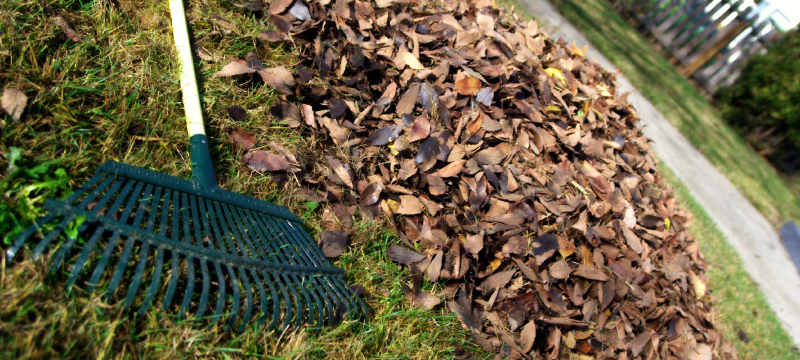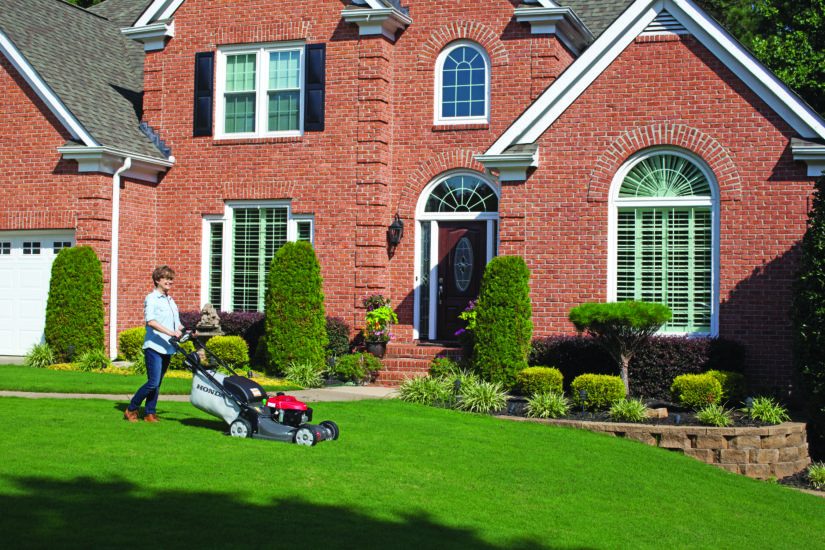The health of your HVAC system – and that of your family – depends on you. All types of dust and allergens get trapped in your HVAC system’s filter. We all know it’s important to change the filters often, but what about all of the other maintenance items? Do you have a good checklist for inspecting your HVAC system before winter? We live and work in a region that deals with cold, snowy winters; let us help you flesh out your seasonal and annual HVAC maintenance checklist and offer up some product recommendations.
Start Now
The most important part to do is start now. If you’ve never purchased a high efficiency air filter, it’s not too late. Clean the space around the exterior portion of your HVAC system. Keep all leaves and debris away from the exterior system. A leaf blower is an excellent way to keep the area around the system clean. And they’re pretty fun to use. Inspect all refrigerant lines for signs of damage every month.
Every 90 Days
Replace your air filter at least every 90 days. Pet owners should replace the air filters every month because a lot of pet hair and dander gets trapped in the filter. Changing the filter often helps a lot with people who suffer from allergies. Turn off the water to the furnace humidifier during the summer and replace the humidifier filter before you turn the water back on in the fall.
Annual HVAC Maintenance
Replace the batteries in your carbon monoxide and smoke detectors once a year. Most people schedule battery changes on the same date each year so they don’t forget. It may be a holiday, a birthday, or just a single day that stands out in your memory for some reason. Inspect the exterior unit of your HVAC system to make sure it is still on level, firm ground. Clear the AC condensate drain with bleach and water to make sure there’s no bacteria growing in there.
More HVAC Maintenance Tips
That was the nutshell version. Now we’re going to get to the nitty gritty. But don’t worry; if you don’t want to do the maintenance as a DIY project, you can hire an HVAC technician and they’ll be more than glad to perform the necessary inspections for you.
What HVAC Professionals will look at on your system during a Maintenance Check
Outdoor Unit
- Inspect unit for proper refrigerant level and adjust if necessary
- Clean dirt, leaves and debris from inside cabinet
- Inspect base pan for restricted drain openings – remove obstructions as necessary
- Inspect coil and cabinet – clean as needed
- Inspect fan motor and fan blades for wear and damage – on older models lubricate as needed
- Inspect control box, associated controls/accessories, wiring and connections. Controls may include contactors, relays, circuit boards, capacitors, sump heat and other accessories. All control box and electrical parts should be checked for wear or damage.
- Inspect compressor and associated tubing for damage
Indoor Unit
- Inspect and clean blower assembly (includes blower housing, blower wheel and motor)
- On older models, lubricate motor and inspect and replace fan belt if needed
- Check combustion blower housing for lint and debris and clean as necessary
- Inspect evaporator coil, drain pan and condensate drain lines. Clean as needed
- Inspect for gas leaks in gas furnaces
- Inspect burner assembly – clean and adjust as needed
- Inspect ignition system and safety controls – clean and adjust as needed
- Inspect heat exchanger or heating elements
- Inspect flue system – check for proper attachment to the furnace, any dislocated sections, and for signs of corrosion. Replace if necessary.
- Inspect control box, associated controls, wiring and connections
- Clean or replace air filters
- Inspect conditioned airflow system (ductwork) – check for leaks
While your system is operating
- Monitor system starting characteristics and capabilities
- Listen for abnormal noise
- Search for source of unusual odors
- Monitor air conditioning and heat pump systems for correct refrigerant charge
- Measure outdoor dry bulb temperature
- Measure indoor dry and wet bulb temperature
- Measure high and low side system pressures
- Monitor gas furnace for correct line and manifold gas pressure – make adjustments as needed
- Measure temperature rise and adjust airflow as needed
- Check vent system for proper operation
- Monitor system for correct line and load volts/amps
- Monitor system operation per manufacturer’s specifications
- Provide system operation report and recommend repairs or replacement as necessary
Cooling system maintenance
- Set the thermostat as high as comfort will permit.
- Make sure attics are adequately ventilated to relieve heat buildup. If necessary, improve airflow by adding or enlarging vents.
- When building a new house or renovating an old one, choose light-colored roof shingles to reflect more of the sun’s heat.
- During moderate weather, don’t use the air conditioner unnecessarily.
- Draw blinds or drapes to block the sunlight during the hottest part of the day.
- Install awnings over windows exposed to direct sunlight.
- In the cooling season, don’t run kitchen and bath exhaust fans longer than necessary.
- Don’t place lamps, TV sets or other heat-producing devices beneath a wall-mounted thermostat. Rising heat from that equipment may cause the air conditioning system to overcool your house.
Heating & Cooling Maintenance
- Locate the thermostat on an inside wall away from windows and doors.
- Set the thermostat as low as comfort permits. Each degree over 68°F can add 3% to the amount of energy needed for heating.
- People generate heat. So lower the thermostat a degree or two when expecting a large group of guests.
Insulation
- Make sure your home is properly insulated. This is the single most important step in conserving energy. Thermal insulation should be specified in terms of thermal resistance (R-values). R-30 (10″) is recommended for ceilings, and R-11 (3-1/2”) for exterior walls and floors over unheated areas. In colder climates, consider additional insulation.
- Infiltration of humid outside air is your heating and air conditioning system’s worst enemy – it could account for 15% to 30% of air conditioning energy requirements. Find the places where air can sneak into the home and plug them with caulking, weather-stripping or plastic. Also, weather-strip and caulk around all entrance doors and windows.
- Cut heat transfer through your windows by 40% to 50% with double-glazing (two panes of glass separated by a sealed air space) and low-e glass.
- Use wood- or metal-frame storm windows even if single-glazed windows are high quality. The extra layer of glass and the layer of still air will cut heat transfer considerably.
- Install storm doors at all entrances to your house.
- Keep all windows and doors closed.
- Remember that by increasing the glass area, you increase the amount of heat added in summer and lost in winter.
- Make sure fireplaces have tight-fitting dampers, which can be closed when the fireplace is not in use. Invest in a humidifier to conserve energy in winter. The air in your home won’t be as dry, so you stay comfortable at a lower temperature setting.
You wouldn’t drive your car past the number of miles that your oil is recommended, so don’t skip out on your HVAC system maintenance. Every homeowner has to deal with similar issues regarding annual maintenance for the home, appliances, and the HVAC system. It’s what we all signed up for with this whole adult thing, right? As we can see there are some basic maintenance tasks that the homeowner can do but when it comes to a full check up on your heating and cooling system it is best to call a professional.





One Comment
Ellie Davis
October 7, 2019 at 11:57 amIt’s interesting to know that it’s recommended to replace the batteries in your carbon monoxide and smoke detector once a year. my husband and I are thinking about when will be a good time to give maintenance to our HVAC unit, and we are looking for advice. I will let him know about the benefits of replacing the batteries in our smoke detector to ensure that it works properly.